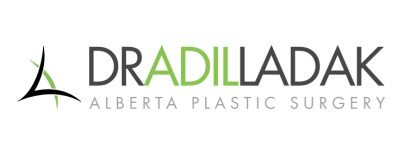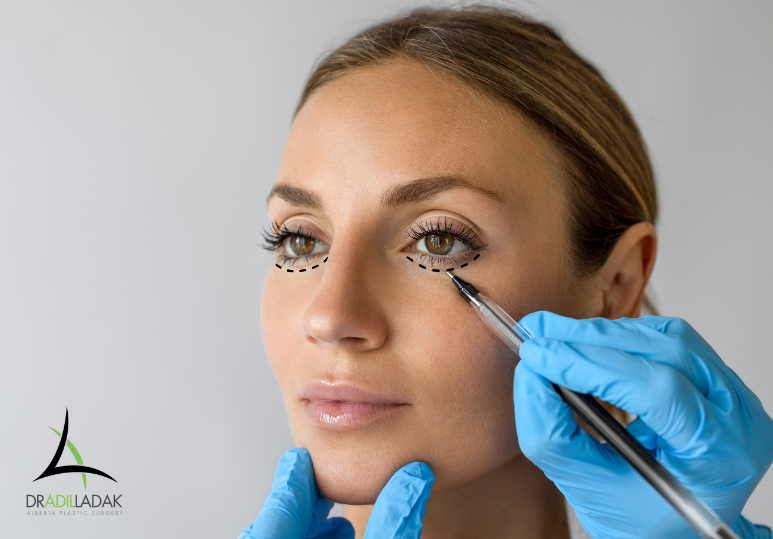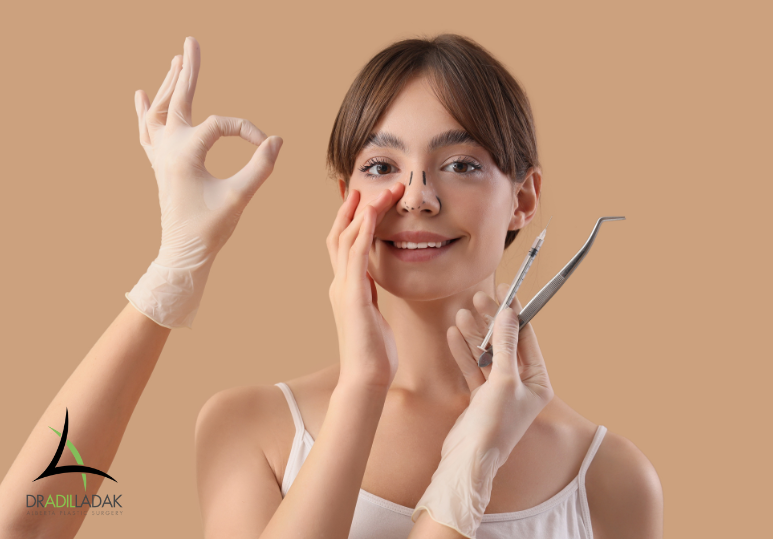You lead an active lifestyle, follow a balanced diet, and maintain a great work-life balance. Yet, you’ve been struggling to lose these love handles and that double chin. Long sessions on the treadmill and salad bowls just aren’t doing the trick.
Liposuction may be the solution for you to target that area of fat that just does not respond to exercise and dieting. Millions of satisfied patients around the world have relied on liposuction to trim their hips or thighs, slim down their chin, and eliminate the flab off their arms.
Before committing to this permanent cosmetic procedure, however, you should learn about the various types of liposuction, its safety, and its potential side effects. Consult an accredited cosmetic surgeon to understand how liposuction can help you achieve your body shape.
What is Liposuction and How Can We Help?
Liposuction is a cosmetic procedure that permanently removes fat that you can’t seem to lose with exercise and dieting. Contrary to popular belief, it is not a weight-loss method.
Liposuction treatment is especially effective for getting rid of fat on the:
- Belly
- Hips
- Thighs
- Buttocks
- Arms
- Chin and face
If fat in these areas has been particularly resistant to traditional weight loss methods, then liposuction may be perfect for you. Explore North America’s most popular cosmetic surgery with Dr. Ladak at Alberta Plastic Surgery by calling (780) 407-6691 or by filling out the online contact form.
How Does Liposuction work?
Liposuction involves suctioning out a safe amount of fat from specific body parts. It permanently reduces the number of fat cells in these areas, resulting in a more shapely and proportionate body.
Once the fat cells have been removed, the skin will naturally wrap around the new contours of the treated areas. Patients with elastic skin will look like a leaner and healthier version of themselves within weeks. Those with less elastic skin, however, may need to consider post-surgery skin tightening options, such as ultherapy.
Liposuction does not remove cellulite or stretch marks.
Types of Liposuction
All liposuction techniques entail suctioning out fat via a thin tube (cannula) connected to a vacuum.
The four most common liposuction procedures:
Tumescent liposuction: The surgeon injects a sterile solution, a painkiller, and a drug that constricts blood vessels into the treatment area. This causes the treatment area to swell and stiffen.
The surgeon then makes an incision and inserts a cannula connected to a vacuum, which will suction the fat from your body. An intravenous line makes sure your body fluids are continuously replenished during the surgery. This is the most common liposuction procedure.
Ultrasound-assisted liposuction (UAL): Sometimes paired with traditional tumescent liposuction, UAL involves inserting a metal rod that emits ultrasonic energy under the skin. This process breaks down large walls of fat, making them easier to remove. UAL enhances your skin contouring post-surgery, which reduces loose skin and skin injuries.
Laser-assisted liposuction (LAL): The surgeon makes a small incision in the treatment area and inserts a laser fiber. The laser then liquifies fat deposits, which are suctioned out via a cannula connected to a vacuum.
Power-assisted liposuction (PAL): PAL is similar to tumescent liposuction but uses a vibrating cannula. The vibration helps remove fat faster and with more precision. PAL reduces post-surgery pain and swelling. PAL is best for removing large amounts of fat or if you’ve had a previous liposuction procedure.
Is Liposuction Safe?
Liposuction is generally safe. You can ensure a safe and effective surgery by choosing an experienced and certified cosmetic surgeon and by carefully preparing for the operation.
You should avoid liposuction if you have blood flow problems, heart diseases, diabetes, or a weak immune system.
Preparing for liposuction
You must be in good health before undergoing the operation. This means you should be within 30% of your body mass index and ideally have elastic skin. Being a non-smoker optimizes results.
Once you’ve confirmed with your surgeon that liposuction is safe for you, you can begin preparing for the operation. Preparation lasts several weeks and may include:
- Diet and alcohol restrictions
- Pausing medications like blood thinners and painkillers
During Liposuction
You will be under anesthesia during the surgery. You may be awake, but you will not feel any pain. Most patients recover from the operation quickly and return home on the same day.
Liposuction Recovery
Initial bruising, swelling, and soreness should stop after a few weeks. You can likely return to work within a few days and resume physical activities within two weeks. Your surgeon may recommend you to cover treated areas with a compression garment for one to two months. This helps control swelling. Your surgeon may also prescribe you antibiotics to prevent infections. Generally, surgery scars should fade within a few months to a year.
What Are the Side Effects of Liposuction?
Liposuction side effects are unlikely to occur within healthy patients. However, liposuction, like most surgeries, comes with risks.
You should be especially mindful of:
- Skin irregularities: Your skin may not appear as smooth post-surgery due to uneven fat removal, poor skin elasticity, or poor healing. This outcome may be permanent.
- Numbness: The treated areas may be numb post-surgery. Numbness can be temporary or permanent.
- Fluid accumulation: Fluid can accumulate under the skin during surgery. It can be drained with a needle.
- Fat embolism: Tiny pieces of fat may escape the cannula and settle in blood vessels. These bits of fat can block blood flow. Fat embolism warrants medical intervention.
- Kidney and heart problems: The kidney and heart may react adversely to fluctuating fluid levels during surgery.
- Reactions to lidocaine: Lidocaine is an anesthetic often administered during surgery. While these instances have been extremely rare, lidocaine has caused heart and central nervous system problems.
Other liposuction side effects include blood clots in veins and lungs.
Is Liposuction for You?
Liposuction is widely considered an effective way of losing excess fat and is safe for most healthy patients. As with all surgical procedures, you should consult with a medical expert before committing to liposuction.
Get in touch with Dr. Ladak today at Alberta Plastic Surgery to see if liposuction is the best fat loss solution for you by calling (780) 407-6691 or by filling out the online contact form.
FAQs
Q: Is liposuction an effective weight-loss method?
A: No, liposuction should not replace proper exercise and a well-balanced diet. Liposuction should be used to target areas of excess fat that do not respond well to traditional weight loss methods.
Q: Are the effects of liposuction permanent?
A: Yes, liposuction directly removes fat cells, which will not be replaced. However, it is still possible to gain weight after the surgery; fat cells will simply be stored elsewhere in your body. As such, maintaining proper weight is important to preserve the shape and proportion of your new body.
Q: How much does liposuction cost?
A: The cost of the operation depends on the type of liposuction, the areas to be treated, and the size of these areas. A simple correction can cost $1,500 whereas a series of operations can cost up to $20,000.





